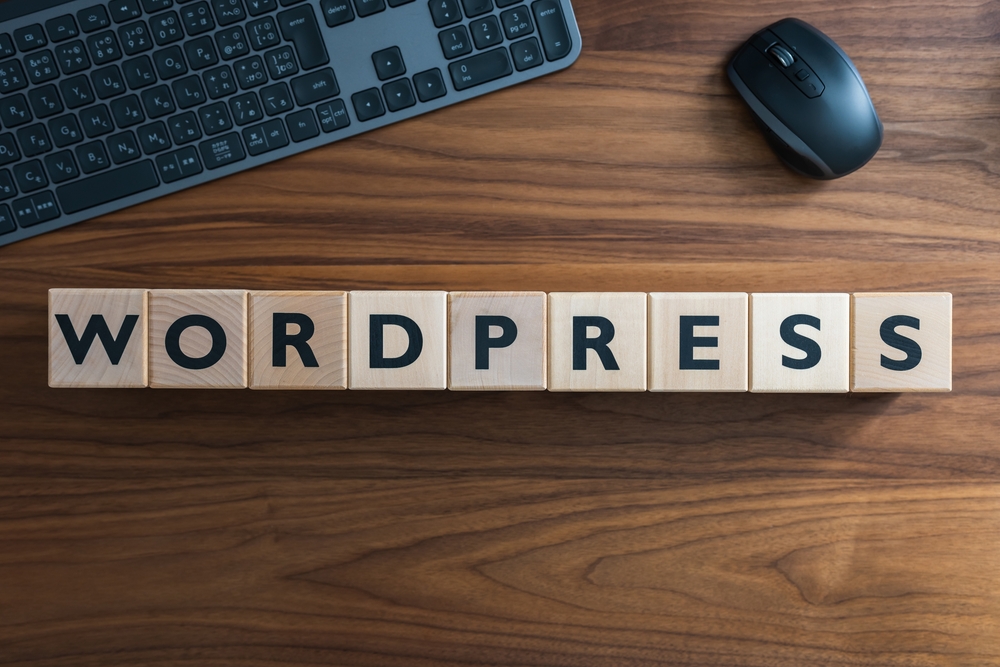
As an online platform for sharing information and expressing ideas, blogs have become a powerful tool for individuals and businesses alike. With millions of weblog available on the internet covering a wide range of topics, it can be challenging to create content that stands out and captivates your audience. However, with the right approach and techniques, you can write compelling content that resonates with your readers and keeps them coming back for more.
Know Your Audience
Before you start writing a blog post, it's essential to understand who your target audience is. By knowing their demographics, interests, and preferences, you can tailor your content to meet their needs and expectations. Conducting research through surveys, analytics, and social media can provide valuable insights into weblog site what resonates with your audience and helps you create content that is relevant and engaging.
Create a Strong Headline
The weblog website headline of your blog post is the first thing that readers see, so it's crucial to make it attention-grabbing and compelling. A strong headline should be clear, concise, and convey the main idea of your post. Use power words, numbers, and questions to pique the curiosity of your audience and entice them to click and read more.
Provide Value
One of the keys to writing compelling content is to provide value to your readers. Whether it's through informative articles, how-to guides, or personal stories, your content should offer something that your audience can benefit from. By sharing insights, tips, and advice, you can establish yourself as an authority in your niche and build trust with your readers.
Engage Your Audience
Engagement is essential for creating a loyal and active readership. Encourage your audience to interact with your content by asking questions, including polls or surveys, and responding to comments and feedback. By creating a dialogue with your readers, you can build a sense of community and make them feel like they are part of the conversation.
Use Visuals
Visual elements such as images, videos, and infographics can enhance the appeal of your blog posts and make them more engaging. Visuals help break up text, add context to your content, and keep readers interested and entertained. Be sure to use high-quality visuals that are relevant to your topic and help blog site illustrate your points effectively.
Optimize for SEO
Search engine optimization (SEO) is crucial for driving traffic to your blog and increasing your visibility online. By optimizing your content with relevant keywords, meta descriptions, and alt tags, you can improve your chances of ranking higher in search engine results pages. Consider using tools such as Google Keywords Planner or SEMrush to identify relevant keywords and optimize your content accordingly.
Be Consistent
Consistency is key to building a successful blog and maintaining a loyal audience. Create a content calendar and stick to a regular posting schedule to keep your readers engaged and blog website coming back for more. Whether you post daily, weekly, or monthly, consistency helps you establish credibility, build a following, and stay top of mind with your audience.
Measure Your Success
Tracking and analyzing your blog performance is essential for understanding what works and what doesn't. Use tools such as Google Analytics or social media insights to monitor key metrics such as traffic, engagement, and conversions. By measuring your success, you can identify trends, optimize your content strategy, and make data-driven decisions to improve your blog performance.
Frequently Asked Questions
1. How often should I blog?
The frequency of your blog posts depends on your audience, goals, and resources. Some bloggers post daily, while others post weekly or monthly. The key is to be consistent and provide value with each post.
2. How long should my blog posts be?
There is no one-size-fits-all answer to this question. The length of your blog posts should be determined by your topic, audience, and objectives. Generally, longer posts (around 1000 words or more) tend to perform better in terms of SEO and engagement.
3. How can I promote my blog?
There are several ways to promote your blog, including sharing your content on social media, collaborating with other bloggers, optimizing for SEO, and participating in online communities and forums. Experiment with different promotion strategies to see what works best for your blog.
4. How can I monetize my blog?
There are various ways to monetize your blog, such as affiliate marketing, sponsored posts, selling products or services, and displaying ads. Choose monetization strategies that align with your content and audience while providing value to your readers.
5. How can I keep my readers engaged?
To keep your readers engaged, create interactive content, respond to comments, ask for feedback, and encourage social sharing. By building a sense of community and actively engaging with your audience, you can create a loyal and dedicated following for your blog.
Other useful resources